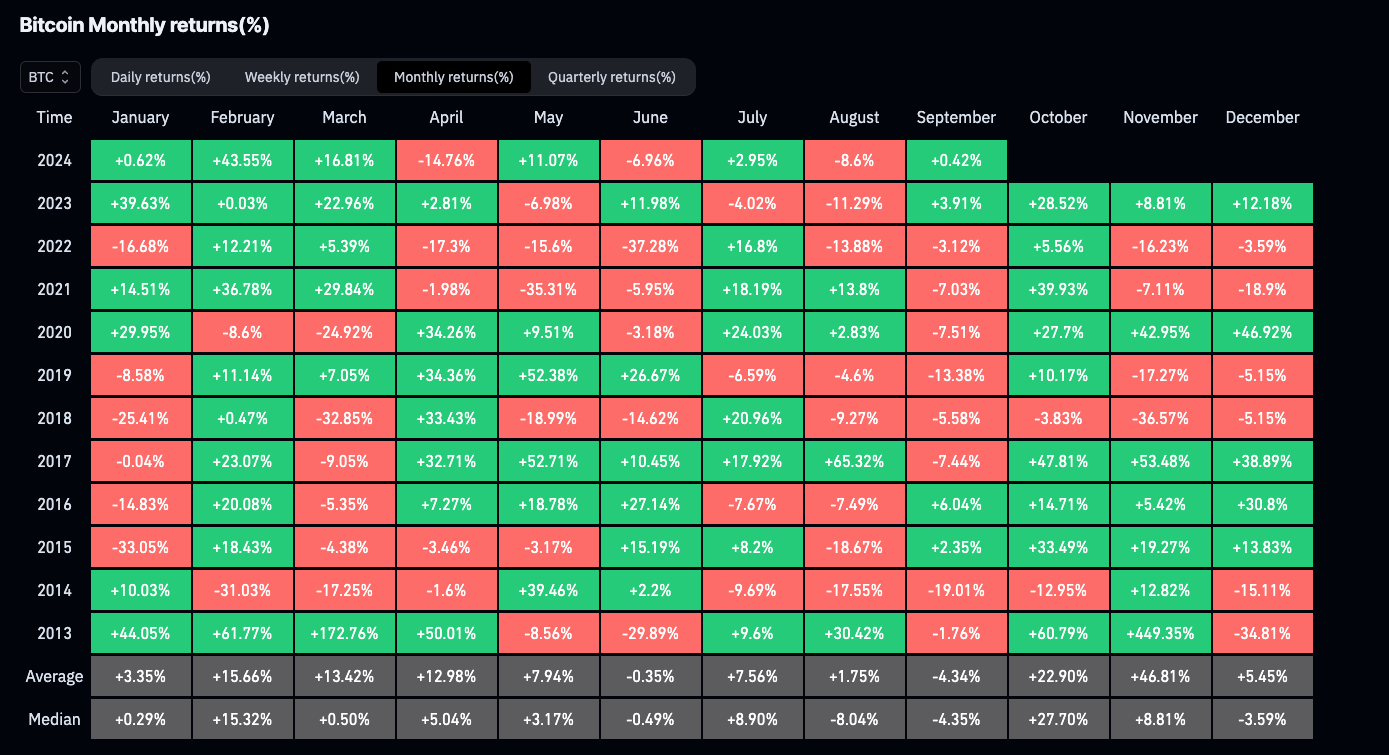Upcoming interest rate cuts could be a turning point for Bitcoin‘s (BTC) price movement, but the market remains cautious as analysts point to three significant events that could affect the largest cryptocurrency’s price trajectory in the coming weeks. Over the past seven months, Bitcoin has fluctuated between $74,000 and $52,000, leaving investors uncertain about whether BTC will rise or continue to struggle. According to TradingView data, Bitcoin is currently trading at $59,140, which is 20% below its all-time high of $73,800 on March 14.
Investors Should Focus on US Economic Indicators
The next major move for Bitcoin depends on the market’s reaction to upcoming US political and regulatory developments and critical economic data. Coinstash co-founder Mena Theodorou emphasized that the future direction of Bitcoin’s price is likely tied to these significant changes, highlighting that the market is in a “wait and see” mode.
eToro market analyst Josh Gilbert pointed to the Federal Open Market Committee (FOMC) meeting on September 18 as a significant catalyst, with expectations that Fed Chairman Jerome Powell could lower the interest rate to 0.525%. He underscored that such a move would benefit risky assets like Bitcoin. Gilbert also highlighted the importance of US employment data, stating, “This week, US employment data will be the main driver of expectations, and we could see movement in cryptocurrencies.”
Coinstash CEO Tina Wang emphasized the importance of US employment data to be released on September 6, noting the mixed consequences of a higher unemployment rate. While this could increase recession fears, it might push the Fed towards more aggressive rate cuts.
Breaking Key Resistance Levels
Analysts agree that for a true bullish trend confirmation, Bitcoin’s price needs to surpass $65,000. IG Markets analyst Tony Sycamore warned of a “resistance cluster” between $70,000 and $74,000 that needs to be overcome to shift market sentiment to a more bullish outlook.

Despite various issues, Gilbert remains cautiously optimistic. He added that strong global growth, an upward revision of US GDP, and strong second-quarter earnings would positively impact the market. However, volatility is expected to persist as September has historically been Bitcoin’s worst-performing month, with an average return of -4.3% since 2013.

 Türkçe
Türkçe Español
Español









